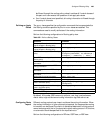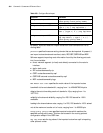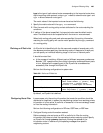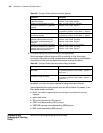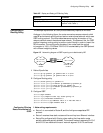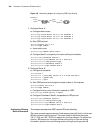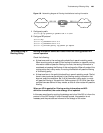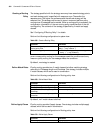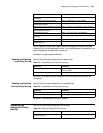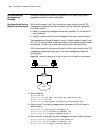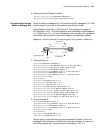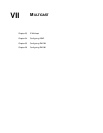
32
CONFIGURING IP POLICY ROUTING
This chapter covers the following topics:
■ IP Policy Routing Overview
■ Configuring IP Policy Routing
■ Displaying and Debugging IP Policy Routing
■ IP Policy Routing Configuration Example
IP Policy Routing
Overview
IP policy routing is a mechanism in which messages are transmitted and forwarded
by strategy without going through the routing table. When a router is forwarding
a packet by policy routing, it is first filtered by a route policy which decides the
packets to be forwarded and to which router.
The user configures the IP policy for routing. It is composed of a group of if-match
clauses and a group of apply clauses. Only when all
if-match clauses of policy
routings are fully satisfied are the apply clauses in the policy routings executed in
sequence, to affect the message forwarding.
At present, two if-match clauses, if-match length and if-match ip address,
are provided.
Apply clause defines the operation of the strategy. there are five apply clauses:
apply ip precedence, apply interface, apply ip next-hop, apply default
interface
, apply ip default next-hop. They are executed in sequence until
the operation can proceed.
There are two kinds of policy routings: interface policy routing and local policy
routing. Interface policy routing is configured in interface view and performs
strategic routing for messages from this interface. Local policy routing is
configured in system view and performs policy routing for messages generated by
this host. Generally, the local policy routing must not be configured.
The policy routing can be used for security and load balancing.
Configuring IP Policy
Routing
IP policy routing configuration includes:
■ Creating a Routing Policy
■ Define Match Rules
■ Define Apply Clause
■ Enabling and Disabling Local Policy Routing
■ Enabling and Disabling Interface Policy Routing



